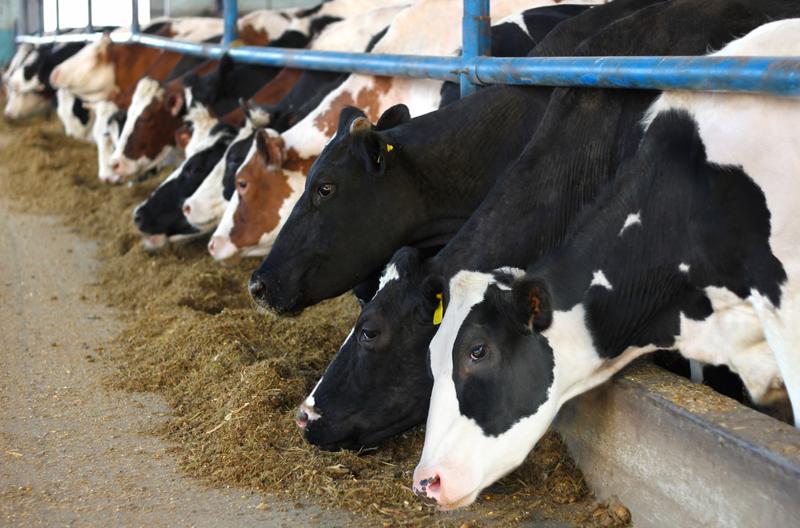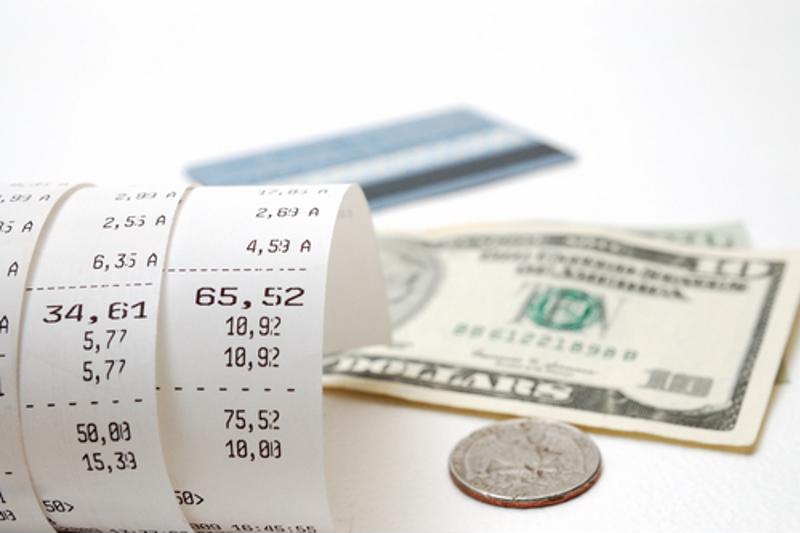The ongoing truck driver shortage just may be the biggest supply chain obstacle of them all. While motor carriers, retailers and other organizations that rely on truckers have raised wages — often substantially, including for those just starting — there remain far more openings than job applicants. And when roles do get filled, the gains are frequently offset by other more seasoned drivers retiring and burned-out employees opting to leave the profession altogether.
The best way to reverse trucker turnover while steeling your supply chain is to get out ahead of it. Here are a few tips that can be effective, whether you're experiencing it now or are seeking a solution before it becomes a problem:
Install a feedback program
Every exiting employee — truck driver or otherwise — has a reason for leaving. People are often reluctant to say what's bothering them, though, for fear of how it will come across. A feedback program can change that reticence. A feedback program serves as a centralized, anonymized way to gauge how your crew members are feeling about their work environment, what they like and dislike and if there are any aspects of their jobs they would like to see changed. Emphasizing that the feedback is anonymous is crucial to increasing participation and ensuring employees are as honest and forthcoming as possible. Once they offer their input, you may be able to identify trends among respondents that can help you make the appropriate adjustments.

Pay attention when a driver routinely arrives to work late
Be it 10 minutes to over a half hour, showing up to work late happens to everybody now and then. But when it happens again and again, an underlying issue is almost certainly to blame. The quickest way to nip this problem in the bud is to attack it head on by asking them the reason for their routine tardiness. What they say — and how they say it — can be revealing.
Establish an open door policy
As an employer, the overriding goal of running your business is to maximize productivity. But a big part of that is ensuring that your most indispensable asset to productivity — i.e. your staff — is satisfied. That's why it's of supreme importance for drivers to feel comfortable coming to you with any concerns that they're encountering. Employees frequently keep their emotions bottled up because they think their problems can't be addressed. While it's important for workers to understand that they all have a job to do, they should also be secure in the knowledge that their opinions matter and they're valued. When the members of your team know you have their back because you attend to their needs, they'll be more inclined to have yours as well.


















